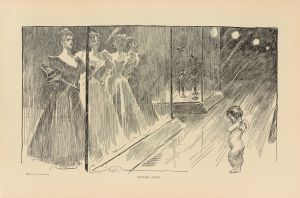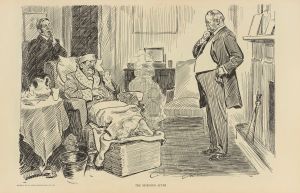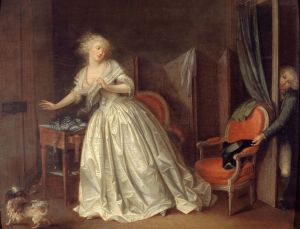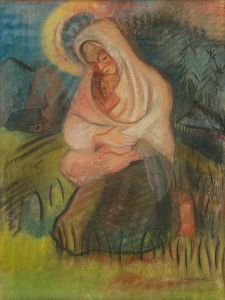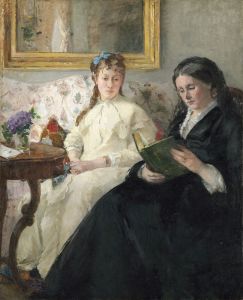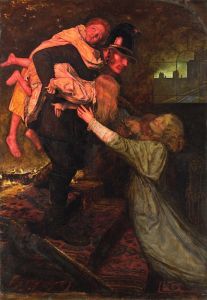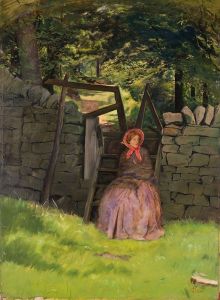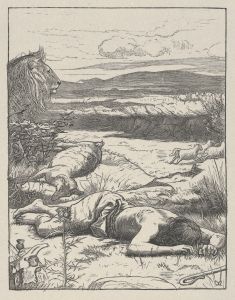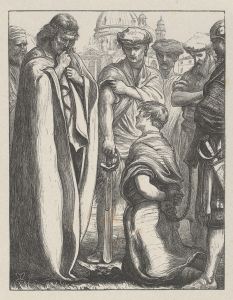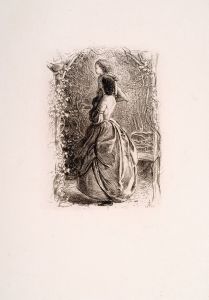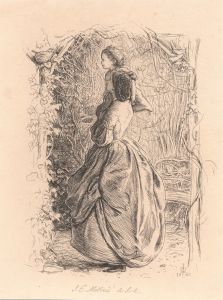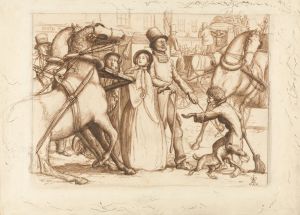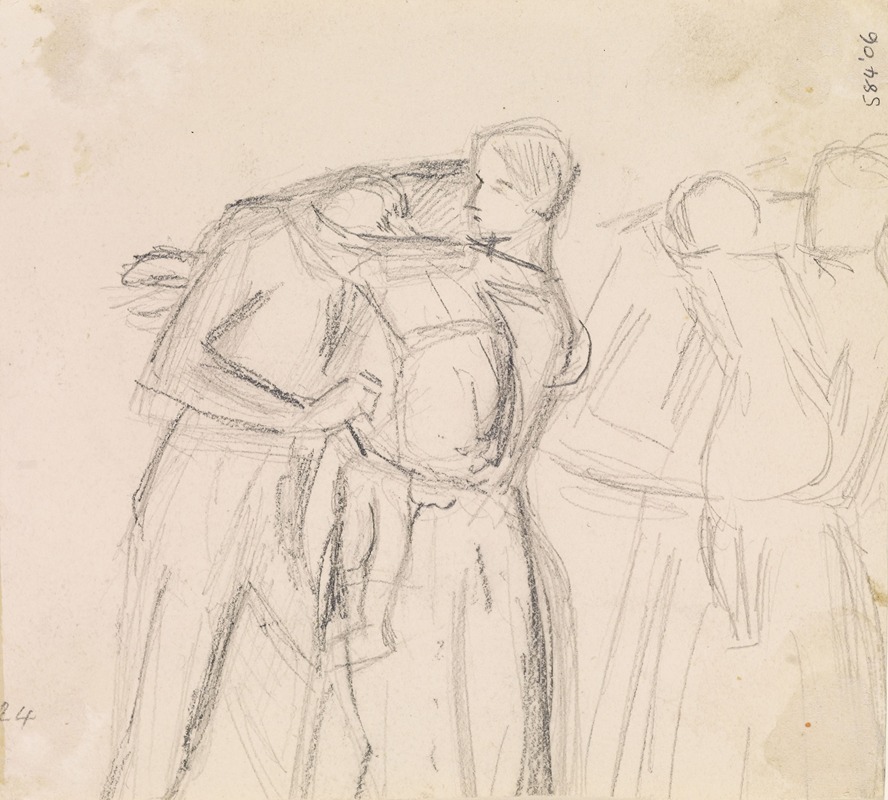
The Proscribed Royalist 1651 – Puritan Girl visiting Cavalier Lover
A hand-painted replica of Sir John Everett Millais’s masterpiece The Proscribed Royalist 1651 – Puritan Girl visiting Cavalier Lover, meticulously crafted by professional artists to capture the true essence of the original. Each piece is created with museum-quality canvas and rare mineral pigments, carefully painted by experienced artists with delicate brushstrokes and rich, layered colors to perfectly recreate the texture of the original artwork. Unlike machine-printed reproductions, this hand-painted version brings the painting to life, infused with the artist’s emotions and skill in every stroke. Whether for personal collection or home decoration, it instantly elevates the artistic atmosphere of any space.
The Proscribed Royalist 1651 – Puritan Girl visiting Cavalier Lover is a painting by Sir John Everett Millais, a prominent English painter and one of the founding members of the Pre-Raphaelite Brotherhood. The artwork was completed in 1853 and is considered an important example of Millais's early Pre-Raphaelite style, characterized by meticulous attention to detail, vibrant colors, and a focus on historical or literary themes.
The painting depicts a poignant moment set during the English Civil War, a conflict that took place between 1642 and 1651. The scene shows a Royalist soldier, who has been proscribed (declared an outlaw) following the defeat of King Charles II's forces at the Battle of Worcester in 1651. He is hiding in a hollow tree to evade capture by the victorious Parliamentarian forces. A young Puritan girl, dressed in plain, modest clothing typical of her religious and cultural background, is shown visiting him. She offers him sustenance, symbolized by the basket she carries, and her expression conveys a sense of compassion and quiet resolve.
Millais's attention to historical accuracy is evident in the detailed rendering of the costumes and setting. The Royalist's attire reflects the cavalier style associated with supporters of the monarchy, while the Puritan girl's clothing is simple and austere, reflecting the values of the Parliamentarian side. The natural surroundings, including the tree and foliage, are depicted with intricate precision, a hallmark of the Pre-Raphaelite approach to nature.
The painting explores themes of loyalty, compassion, and the human cost of political and religious conflict. The interaction between the two figures suggests a moment of shared humanity that transcends the divisions of the time. This emotional depth, combined with the historical context, makes the work a compelling example of Millais's ability to blend narrative and visual beauty.
The artwork was well-received upon its debut and remains one of Millais's notable early works. It is currently housed in the private collection of Andrew Lloyd Webber, a renowned composer and art collector. The painting continues to be studied and admired for its technical brilliance and the evocative story it tells.





